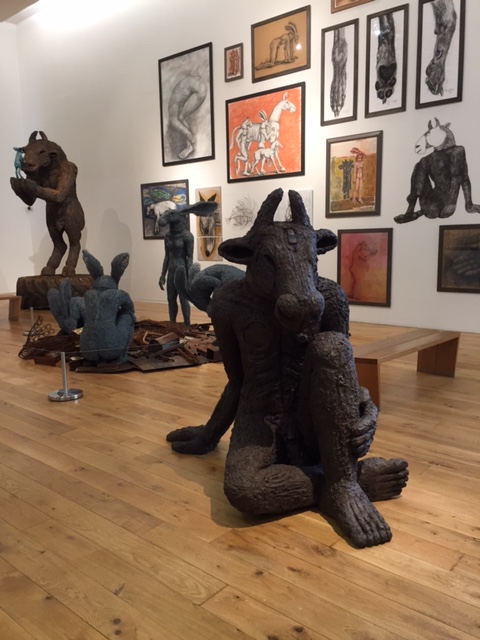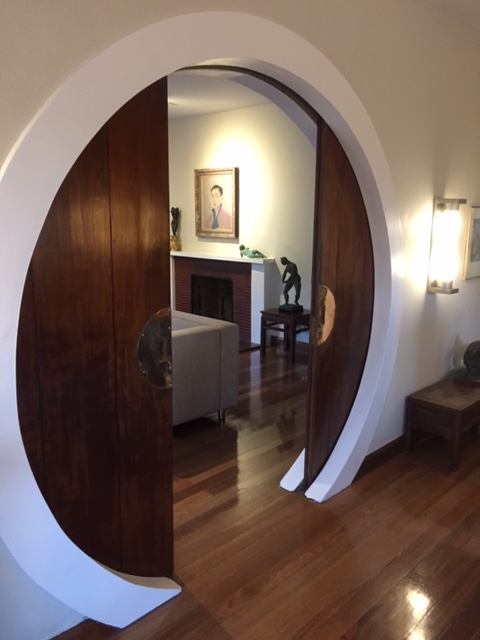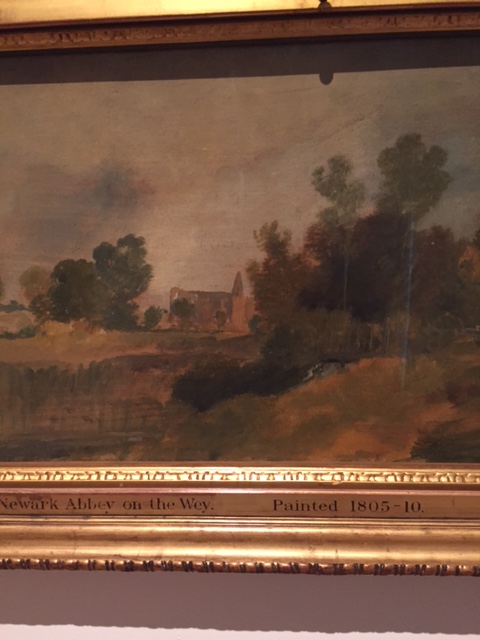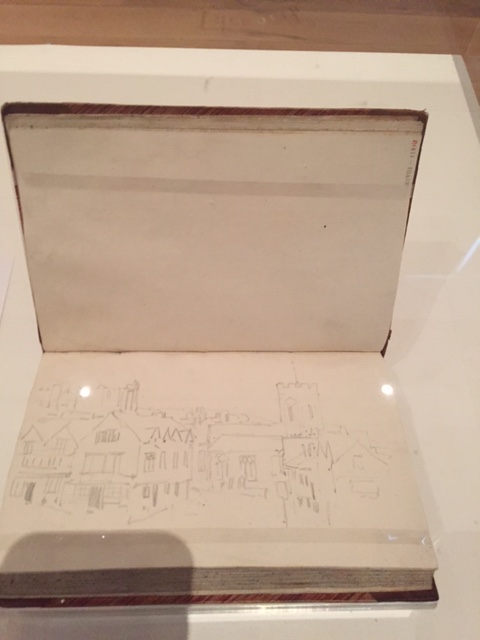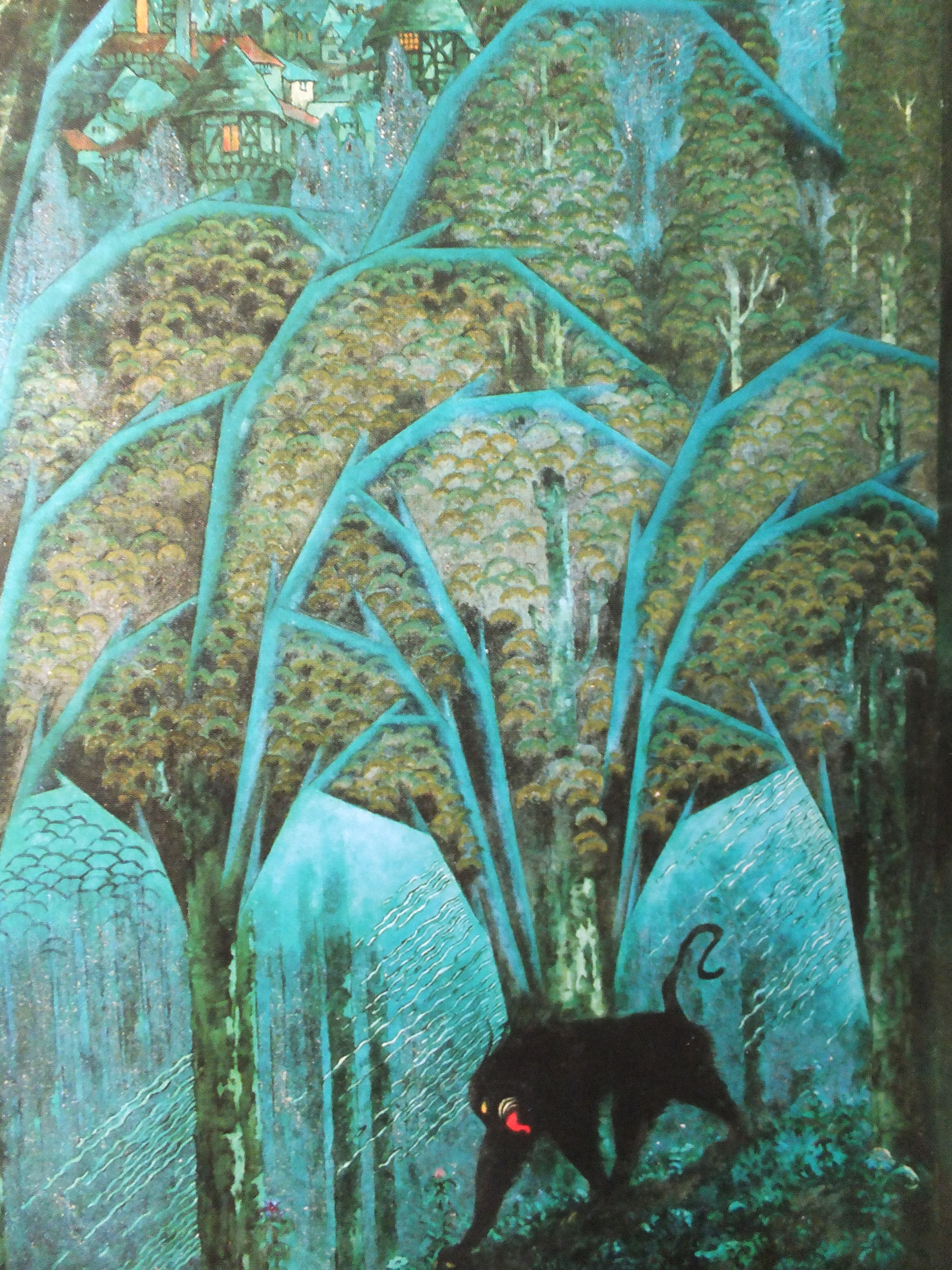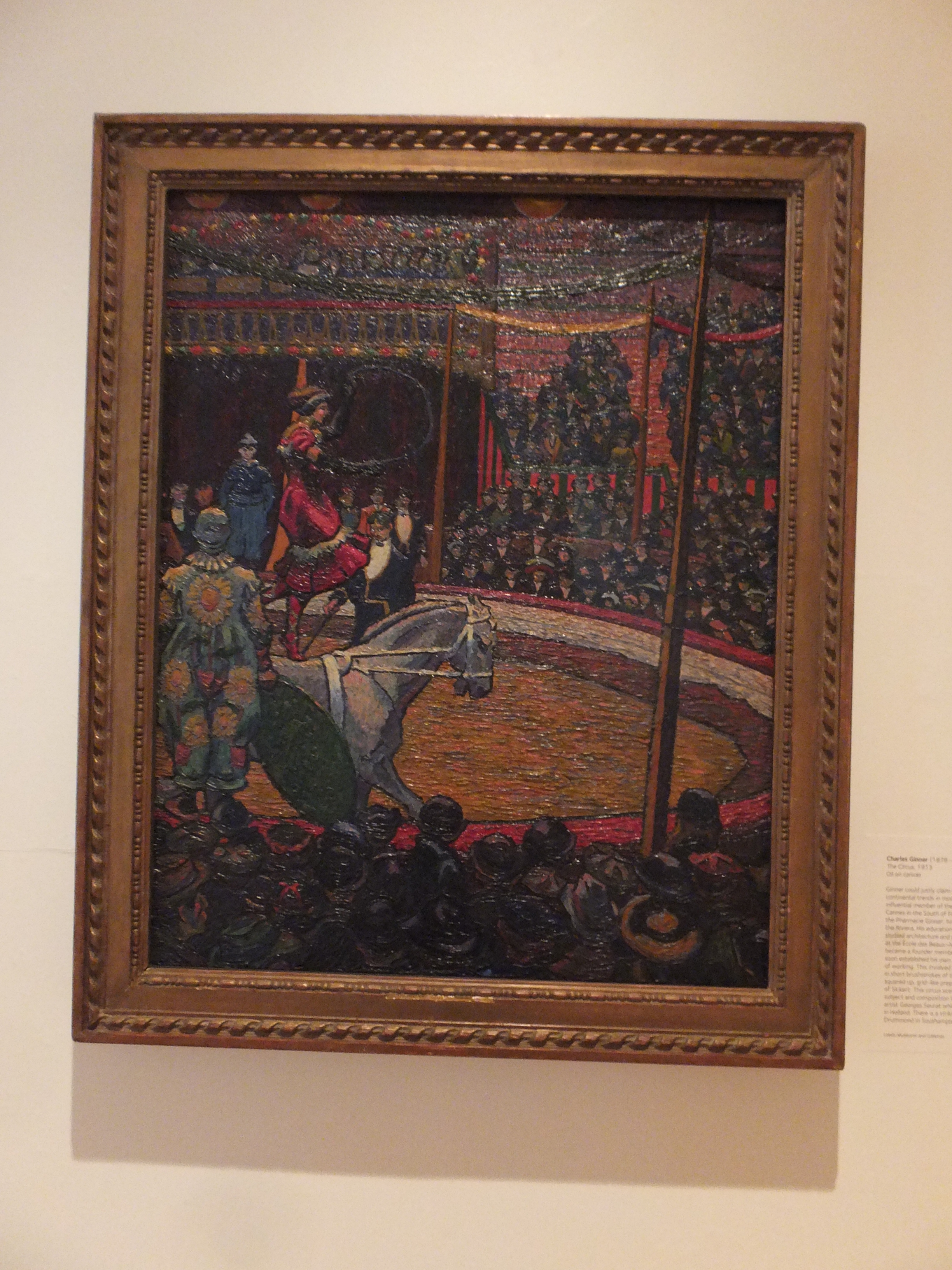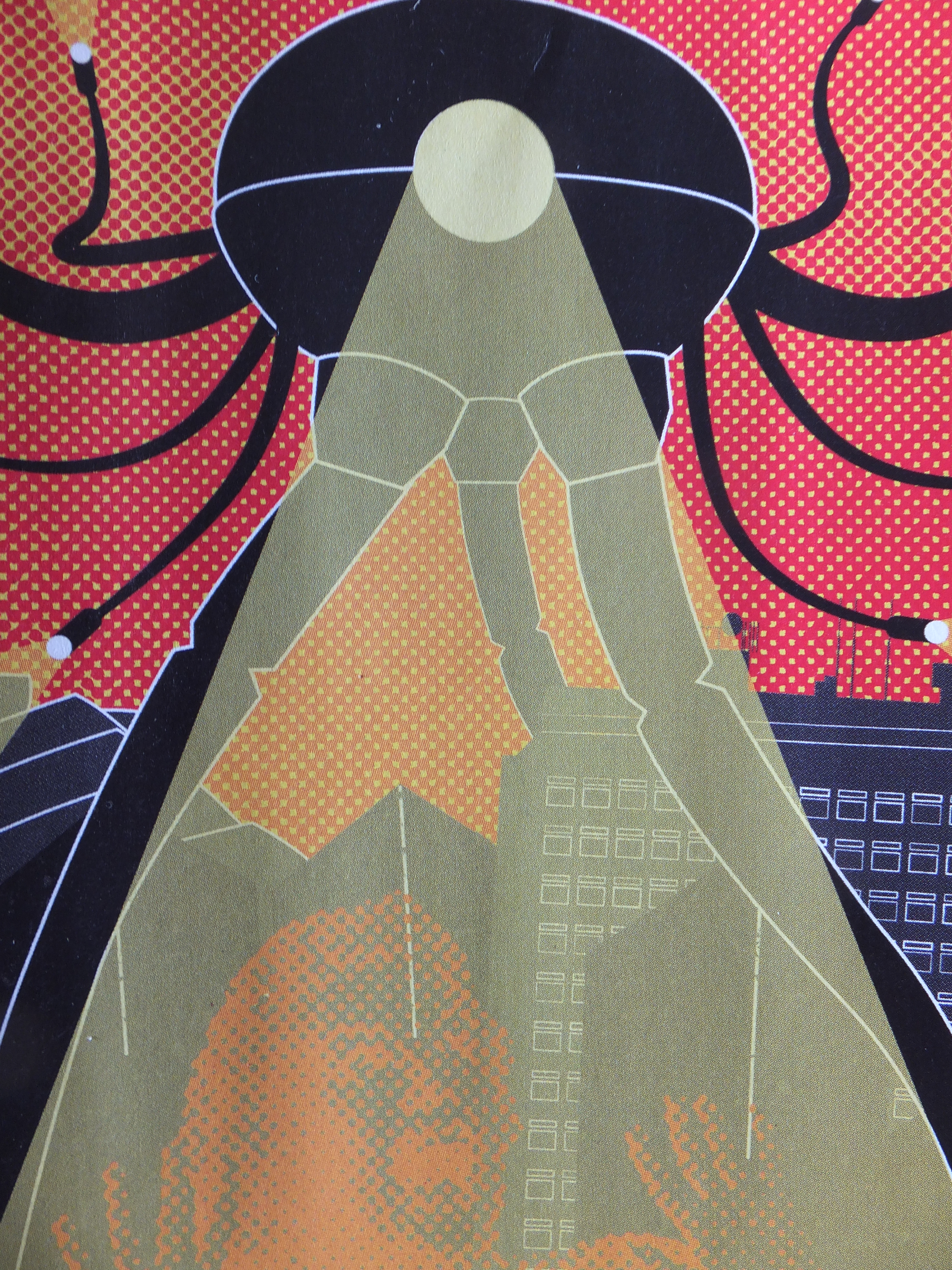
The Agony in the Car Park
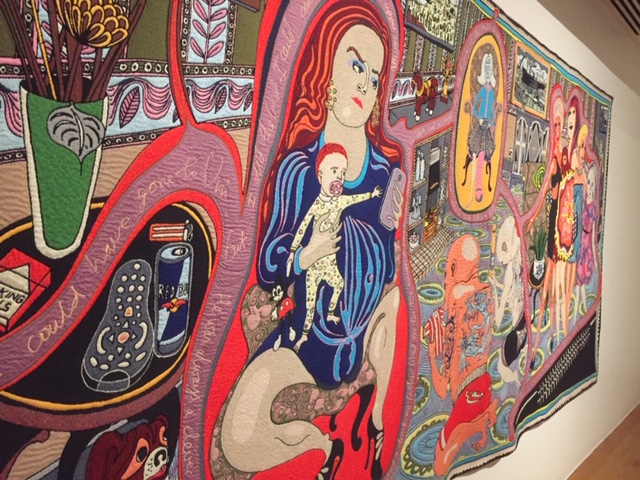
The Adoration of the Cage Fighters
Excellent exhibition on at the moment until June, featuring colourful tapestries designed by Grayson Perry and woven in Belgium. They echo the Rakes Progress series of paintings by Hogarth depicting the hero Tom Rakewell squandering his fortune on riotous living and plunging into debt and madness. The hero of the tapestries is Tim Rakewell, who becomes a computer genius, makes a fortune and moves socially upward. His nemesis comes when his luck affects his judgement and going too fast, drives his powerful car into a lamp post and goes through the windscreen. he was not wearing a seat belt. He dies at the roadside. As the attending medic says” with all his money and he dies in the gutter”
The first tapestry in the collection is The Adoration of the Cage Fighters with all its echoes of the Virgin Birth. The genius is born and is worshiped by the cage fighters who bring him gifts like the shepherds paying homage to the newborn Saviour. He will grow up into a man embarking on a journey of upward social mobility. I can’t see that he will benefit the world in any way but there it is.
This tapestry is said to be inspired by The Adoration of the Shepherds by Andrea Montegna
The other tapestry that I am showing is entitled The Agony in the Car Park. Here compare Gethsemane or the Agony in the Garden by Bellini. The scene is a hill outside Sunderland. The central figure is Tim’s stepfather, a night club singer. The scene hints at Grunewalds ‘Isenheim Altarpiece’. The large crane stands in for the crucifix. In the bottom corner Tim in school uniform blocks his ears with embarrassment. In his pocket a magazine betrays his interest in software. As we shall see, this will be his way out from a miserable childhood
These are just two panels from the complete story. There is the story of him leaving home after his girlfriend rows with his mother, his company which he sells for an enormous sum and then his demise at the roadside. What is the moral of the story. perhaps too much, too soon, or the dangers of moving upwardly mobile too quickly and being unable to cope. Woking Borough Council could perhaps learn from this story. Our town is officially bankrupt, through inept investment and squandering of people’s money. The townsfolk are looking at reduced services and increased costs. We shall never be solvent in my lifetime that is for sure. Even our beloved Lightbox is under threat and talks are ongoing about how to save it. Tragic to lose it. Woking is not a city of culture. The Lightbox gallery has been the jewel in the crown, and given us great prestige in the art world
We await our fate
